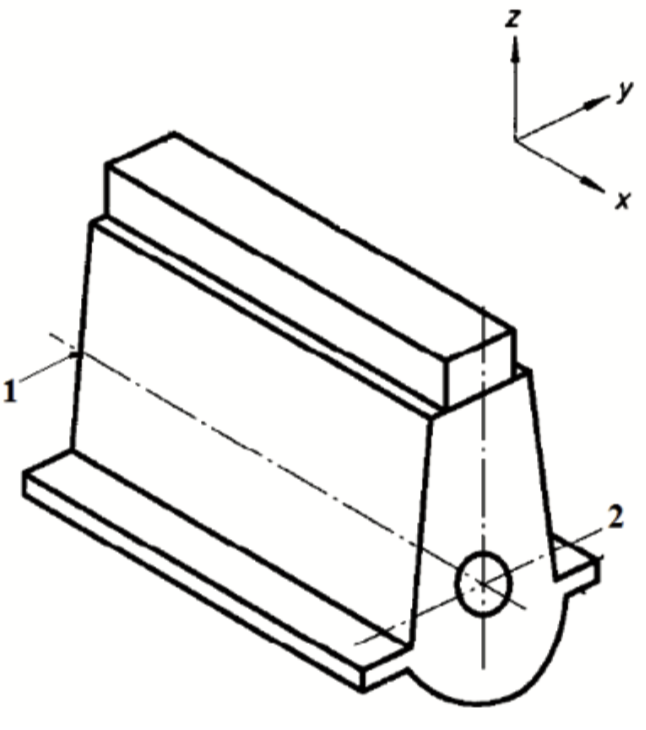Measurement and analysis of vibrations - evaluation of the criteria of acceptance ISO Standard 10816-6
DOI:
https://doi.org/10.25043/19098642.196Keywords:
Reciprocant, Vibration levelAbstract
During the reception and / or delivery tests of a ship, vibration measurement and analysis is made to the propulsion line in order to evaluate and predict the condition of the machinery. The values taken during the measurement of the vibrations are evaluated with the acceptance criteria provided by the standards. International Standard ISO 10816-6 (1995) focuses on reciprocating machinery with power of greater than 100kW, is used by both analysts and manufacturers of propulsion machinery for ships. Through this work, we intend to evaluate the acceptance criteria of this norm in boats smaller than 100 meters. At the end of this work it is concluded that the standard must be updated, indicating and differentiating the acceptance criteria for machinery taking into account its type of anchorage to the structure (flexible or rigid), boats with length less than or greater than 100 meters and the Ship building material (Aluminum, Steel or Composite material).
Downloads
References
ISO. (15 de Diciembre de 1995). ISO 10816-6. Mechanical vibration -- Evaluation of machine vibration by measurements on non-rotating parts -- Part 6: Reciprocating machines with power ratings above 100 Kw.
ISO. (15 de Mayo de 1998). ISO 10816- 3. Mechanical vibration - Evaluation of machine vibration by measurements on non- rotating parts - Part 3: Industrial machines with nominal power above 15 kW and nominal speeds between 120 r/min and 15 000 r/min when measured in situ.

Published
How to Cite
Issue
Section
License
The authors who publish in this Journal certify that:
- The work submitted for publication in The Ship Science and Technology journal, was written by the author, given that its content is the product of his/her direct intellectual contribution.
- All data and references to material already published are duly identified with their respective credits and are included in the bibliographic notes and quotations highlighted as such.
- All materials submitted for publication are completely free of copyrights; consequently, the author accepts responsibility for any lawsuit or claim related with Intellectual Property Rights thereof, Exonerating of responsibility to The Science and Technology for the Development of Naval, Maritime, and Riverine Industry Corporation, COTECMAR.
- In the event that the article is chosen for publication by The Ship Science and Technology journal, the author state that he/she totally transfers reproduction rights of such to The Science and Technology for the Development of Naval, Maritime, and Riverine Industry Corporation, COTECMAR.
- The authors retain the copyright and transfer to COTECMAR the right of publication and reproduction of the work which will be simultaneously subject to the Creative Commons Attribution License (CC -BY) , which allows the license to copy, distribute, display and represent the work and to make derivative works as long as it recognizes and cites the work in the manner specified by the author or licensor.
- For more information about the Creative Commons Attribution License (CC -BY) and his use and scope, please visit the following web page https://creativecommons.org/licenses/by-sa/4.0/legalcode








